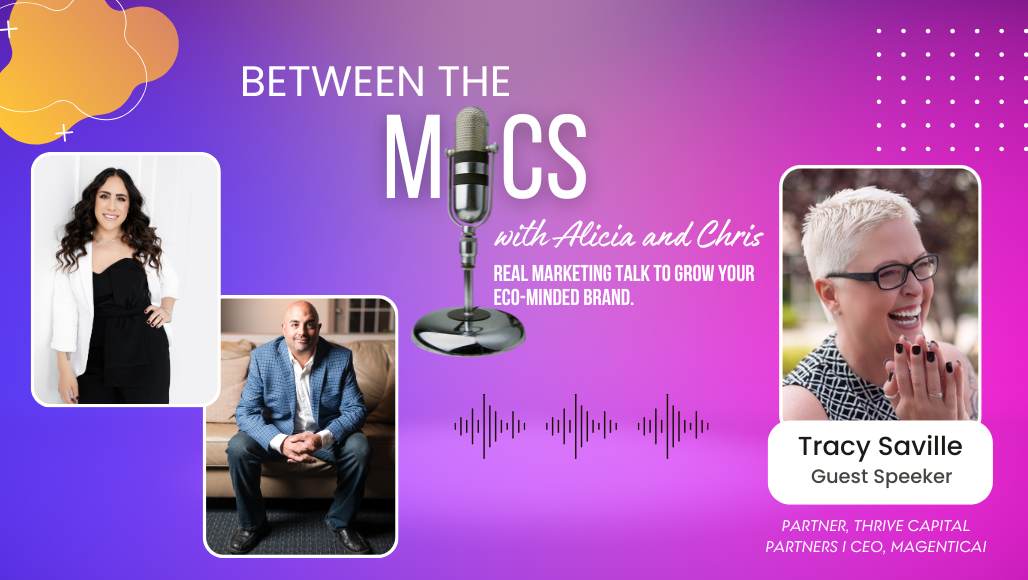In today’s digital age, content is king. As a CEO, founder, or CMO, you know how important it is to have a solid content strategy to attract, engage, and retain your target audience. But with so many channels and tactics available, developing a content marketing strategy can seem overwhelming. In this comprehensive guide, we’ll walk you through the steps to creating an effective content marketing strategy that drives results.
Define Your Objectives
Before you even begin creating content, it’s essential to define your objectives. What do you want to achieve with your content? Do you want to increase brand awareness, generate leads, drive sales, or establish thought leadership? Having a clear understanding of your goals will help you determine your target audience, choose the most suitable channels, and measure success.
Know Your Audience
One of the biggest mistakes companies make is believing that their content is for everyone. In reality, different audiences have different preferences, interests, and pain points. You need to identify your target audience’s demographics, psychographics, behavior, and needs, and tailor your content accordingly. You can use market research, data analytics, social listening, surveys, and customer feedback to gain insights into your audience.
Choose Your Channels
Once you know your goals and audience, you need to select the channels that best reach them. Depending on your objectives, you may want to focus on social media, email marketing, SEO, PPC, video, webinars, podcasts, or events. Each channel has its own characteristics, strengths, weaknesses, and best practices, so you need to adapt your content to the platform and format.
Plan Your Content
Content creation can be time-consuming and resource-intensive, so it’s crucial to have a plan in place. You should create a content calendar that outlines the types of content you’ll publish, the topics you’ll cover, the keywords you’ll target, and the dates you’ll publish. You can use tools like Trello, Asana, or CoSchedule to collaborate with your team, organize workflows, and track progress.
Measure Your Results
Finally, you need to measure the impact of your content marketing strategy to identify what works and what doesn’t. You can use key performance indicators (KPIs) such as website traffic, social media engagement, email open rates, click-through rates, leads, sales, and return on investment (ROI) to evaluate the effectiveness of your strategy. You should also conduct regular audits to check if your content aligns with your brand, values, and objectives.
Creating an effective content marketing strategy is critical for any business that wants to succeed in today’s competitive landscape. By defining your objectives, knowing your audience, choosing your channels, planning your content, and measuring your results, you can create a strategy that drives engagement, loyalty, and revenue. Remember that content marketing is a long-term game, and success requires consistency, quality, and relevance. By following these steps, you’ll be on your way to becoming a content marketing powerhouse.
Ready to take your content marketing strategy to the next level?
Contact us today to learn how our expert team can help you achieve your goals.



